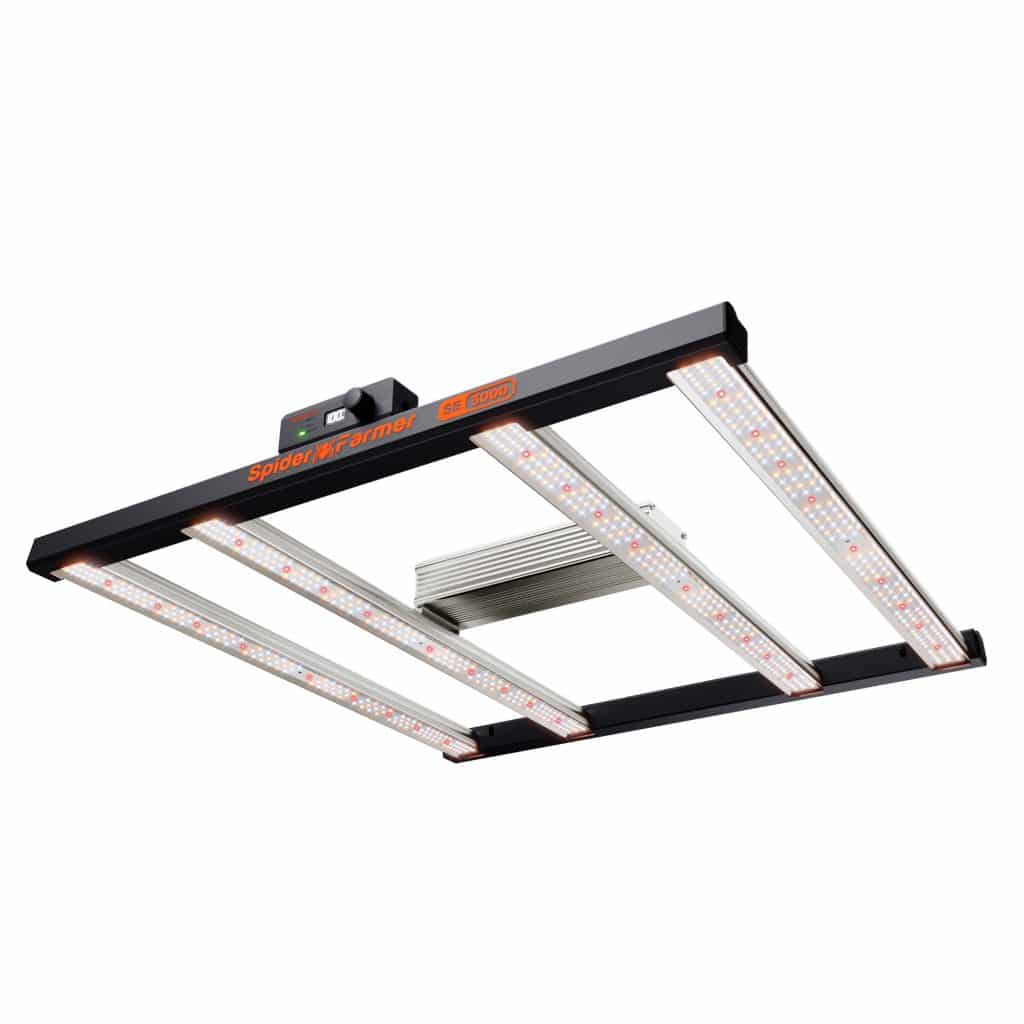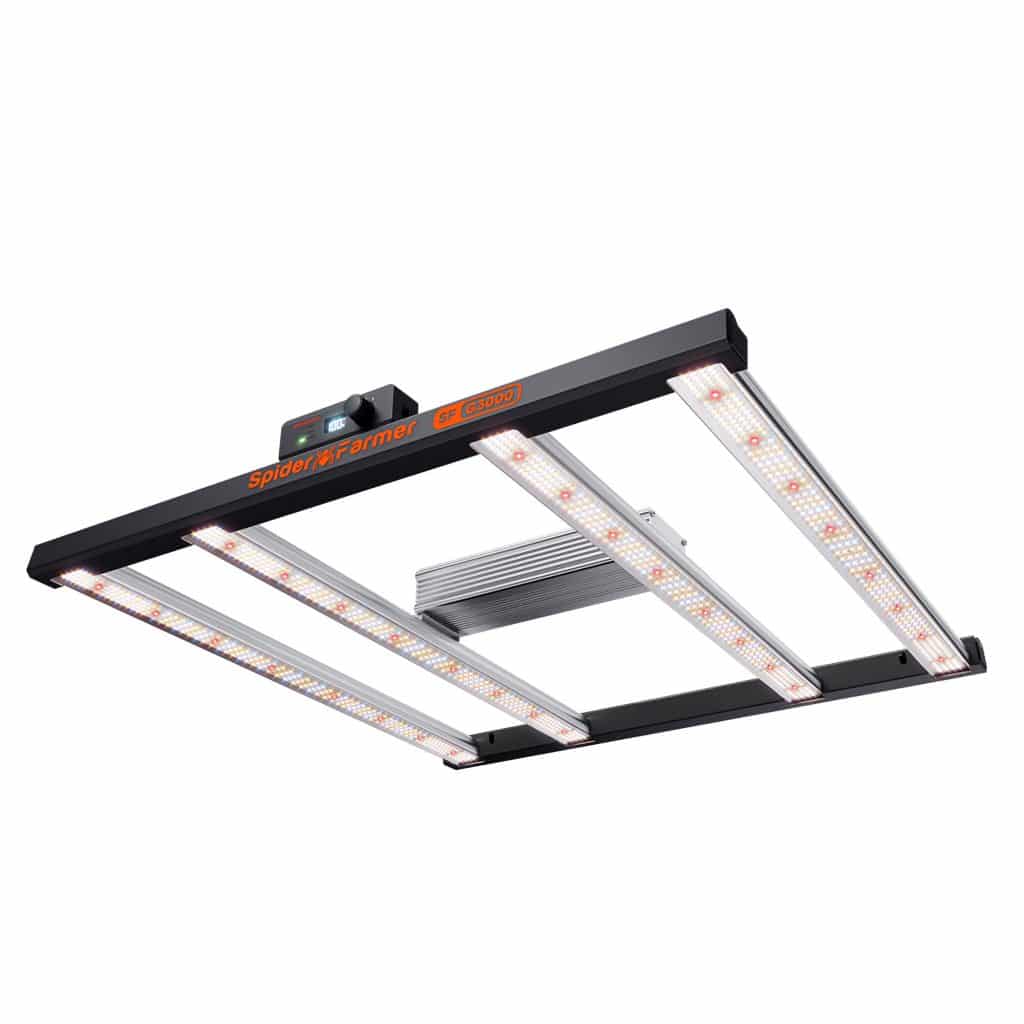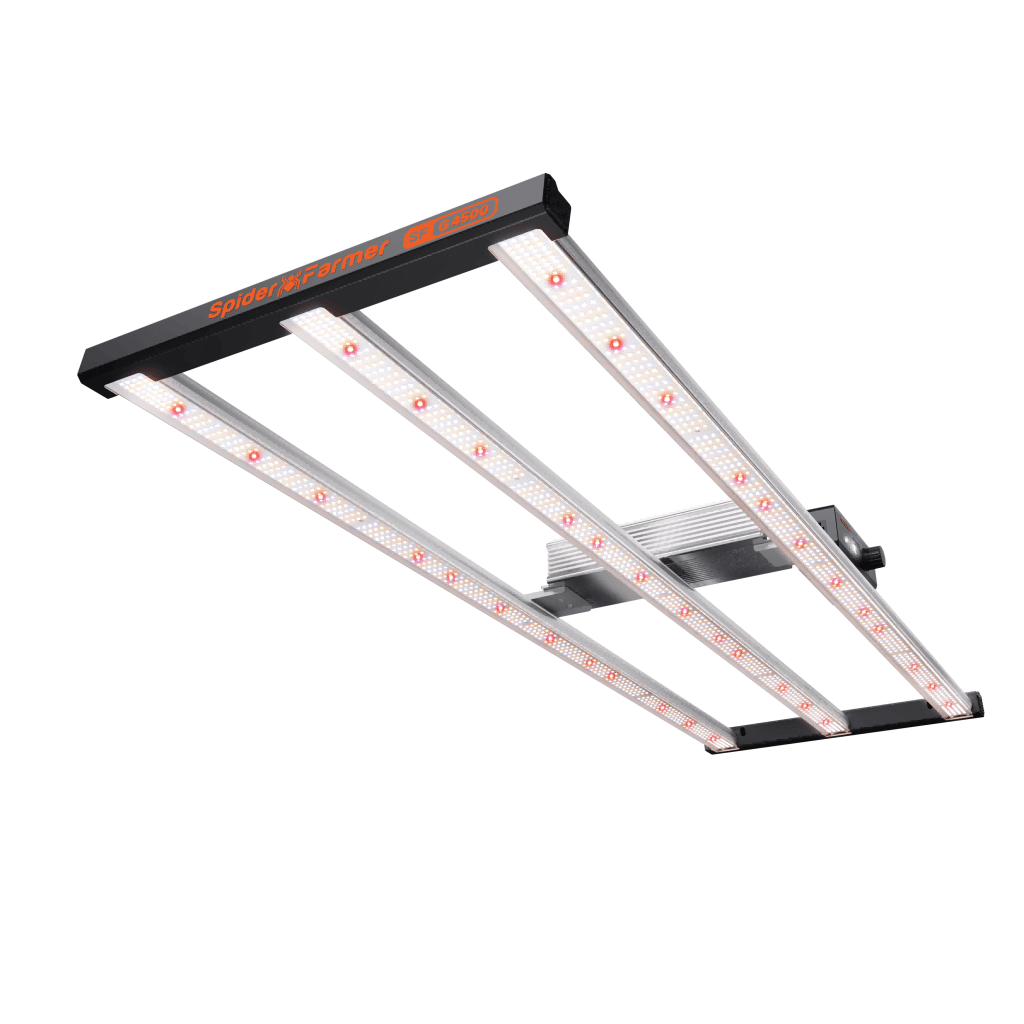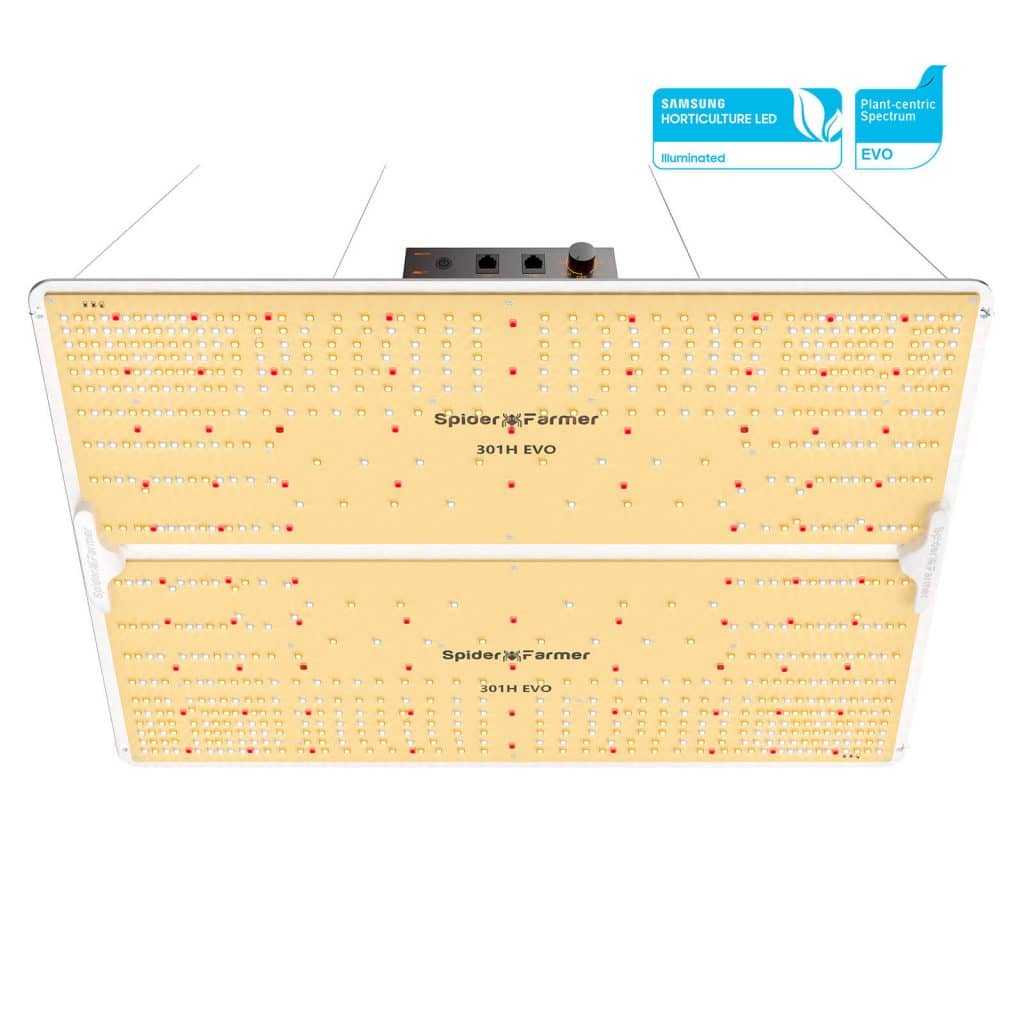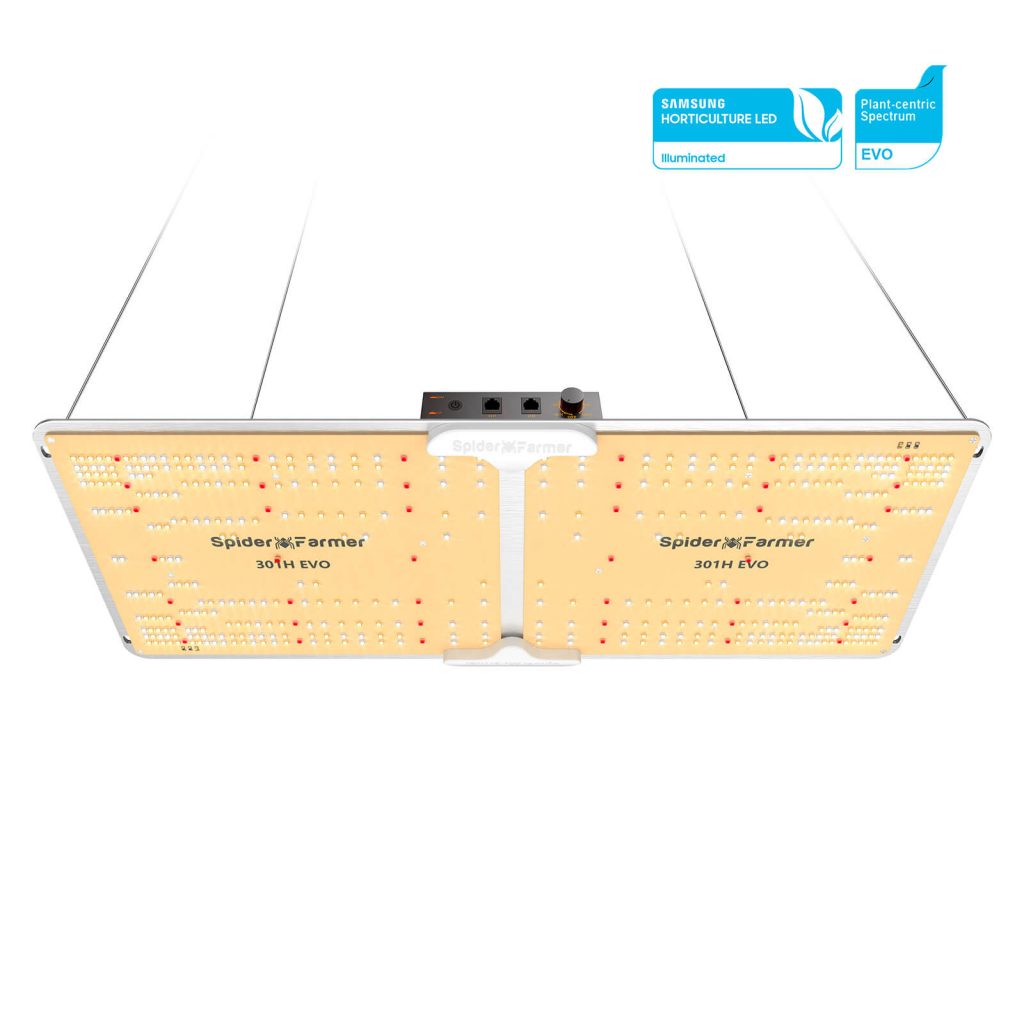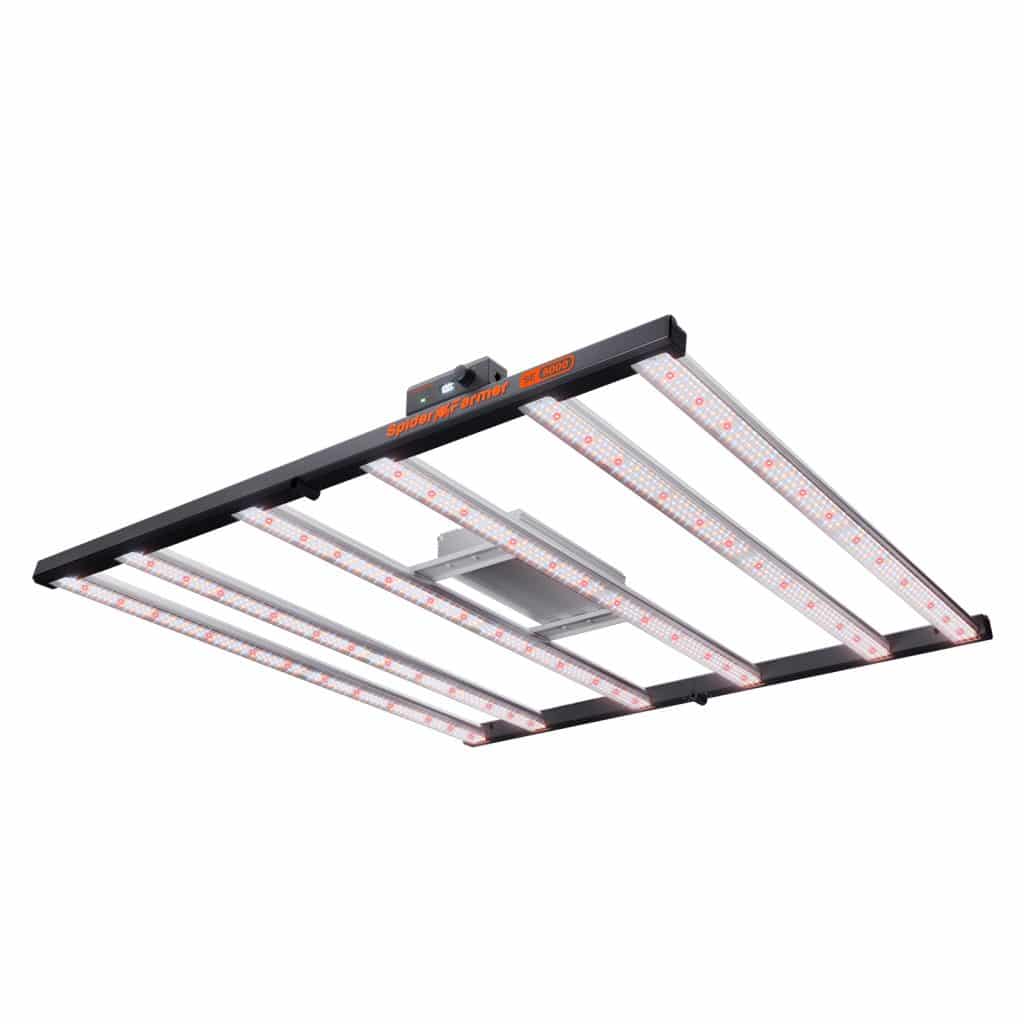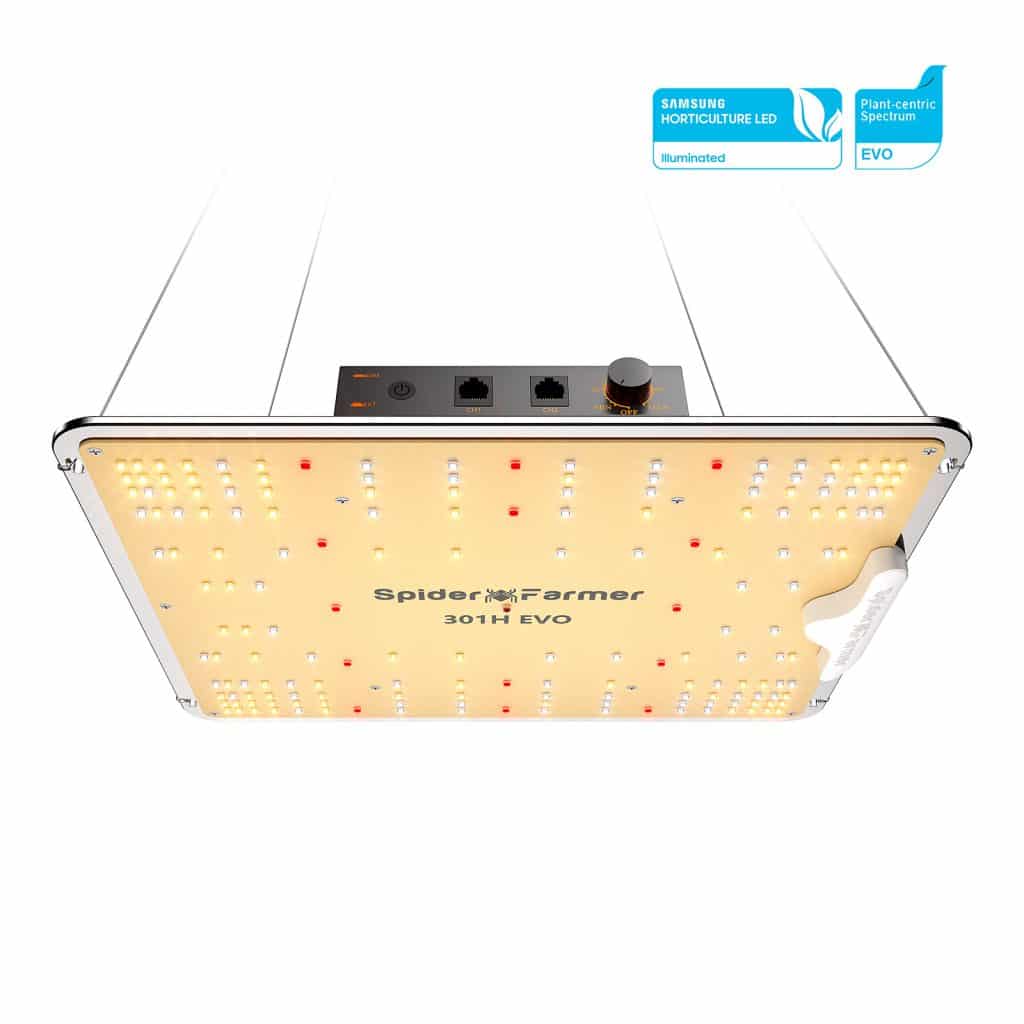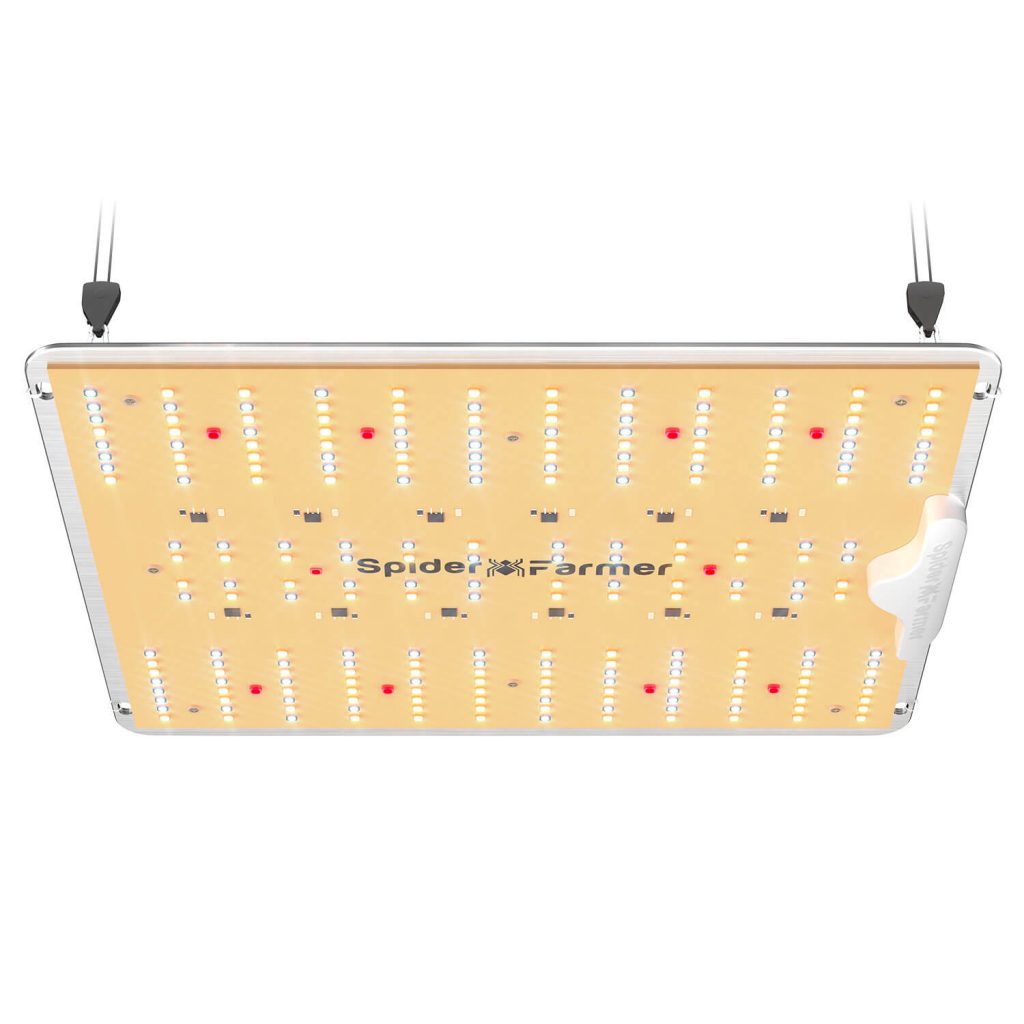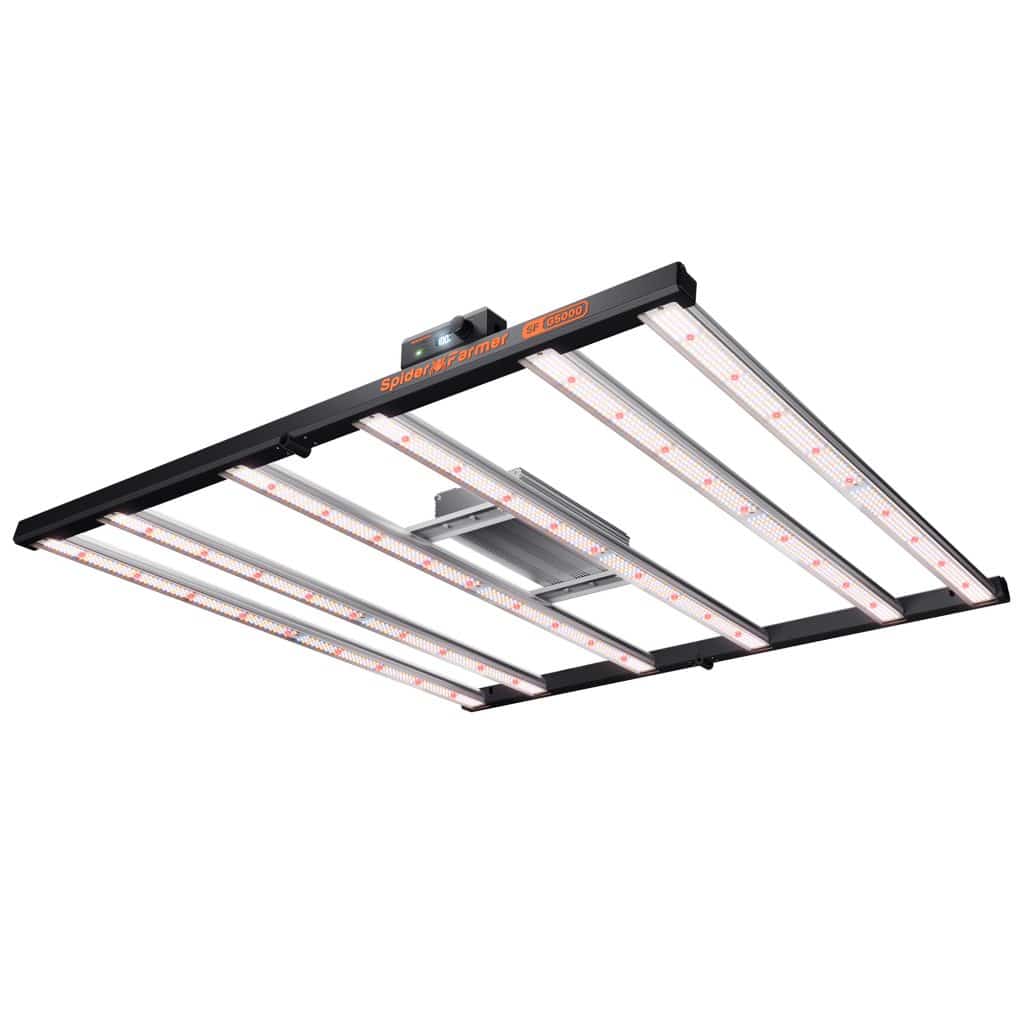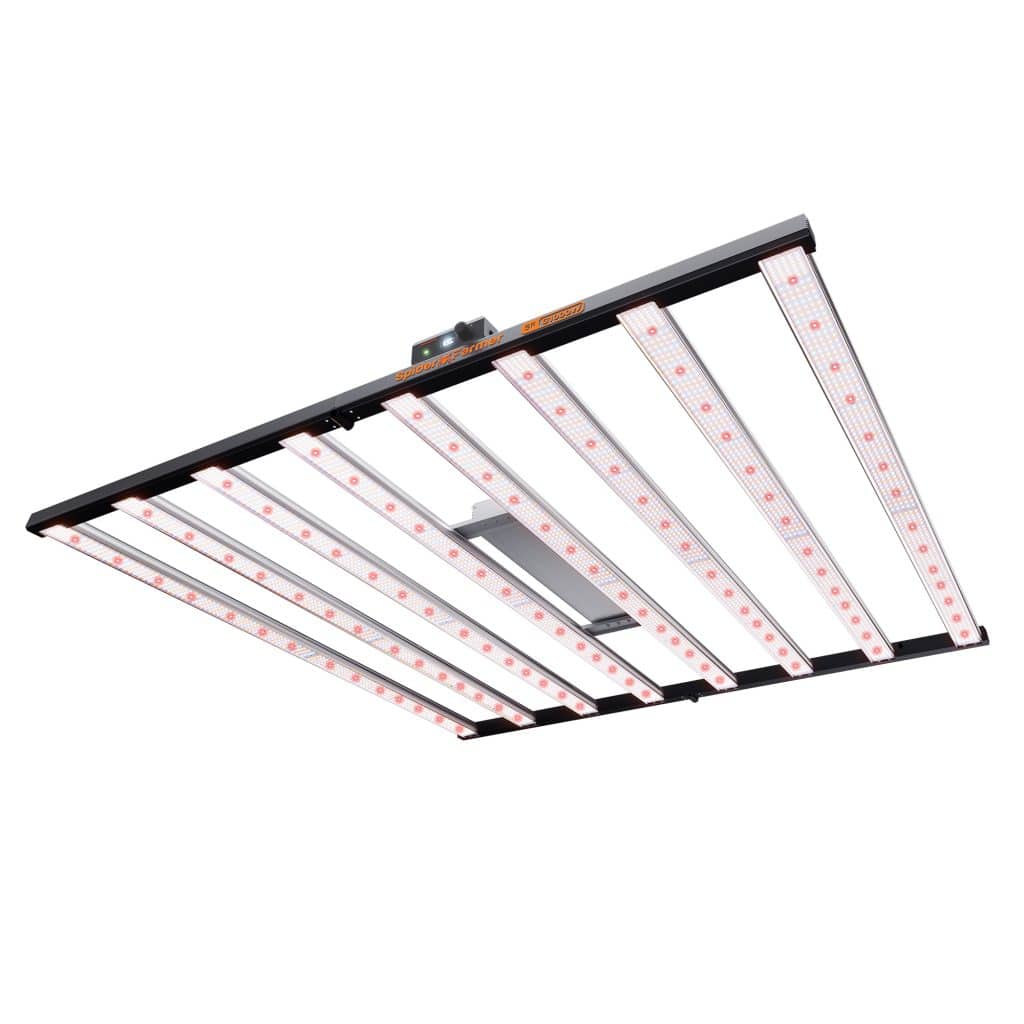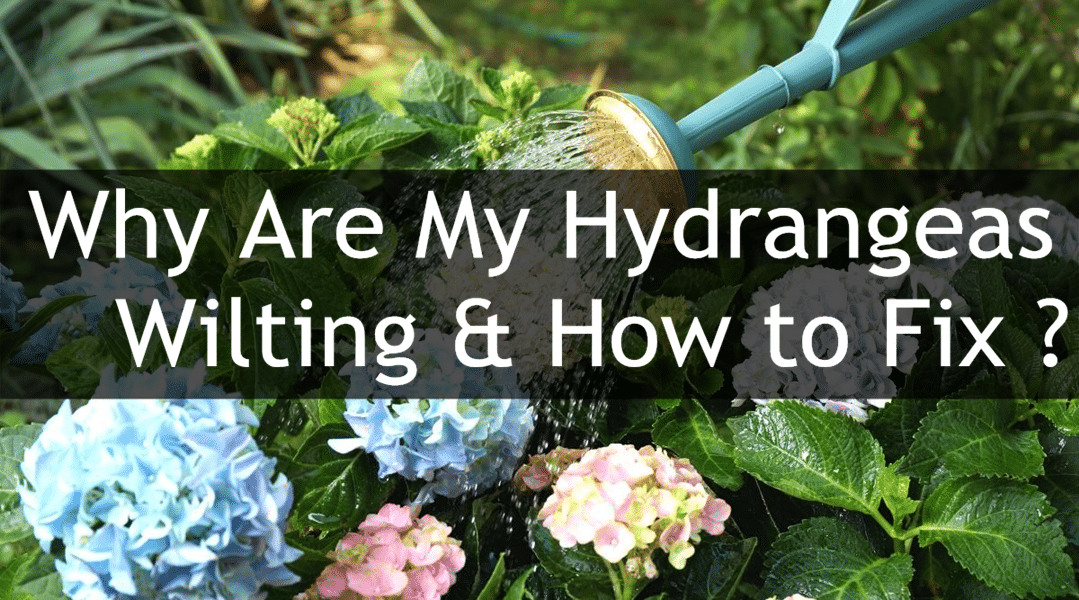Hydrangeas are famous for their stunning blooms and vibrant colors, making them a favorite among garden growers. However, nothing is more disheartening than seeing your hydrangeas wilt. Why are my hydrangeas wilting? In the following guide, we will explore the reasons behind this issue and provide you with expert insights to help you revive your precious hydrangea plants. Let's dive into the world of hydrangeas and uncover the secrets to wilting hydrangeas.
Table of Contents
5 Reasons to Why Are My Hydrangeas Wilting
Hydrangeas, charming in their beauty, are sensitive plants that can be prone to wilting, due to several factors such as heat stress, inadequate light, and dehydration.
Heat & Drought Stress
When hydrangeas experience heat and drought stress, the stomata of the plants remain open in an attempt to absorb water vapor from their surroundings. Regrettably, this leads to more water being lost than gained, eventually resulting in wilting. If the plant doesn’t recover by evening after a slight rise in temperature, it’s an indication of serious heat stress. Installing drip irrigation or changing its location can be beneficial in such cases.
Lack of Sunlight
Light is also crucial for the health of your hydrangea, requiring an average of 6-8 hours of sunlight daily. The amount of sunlight needed can vary depending on the geographical location of the growing space. It's preferable to provide direct sunlight in the morning and afternoon, and partial sunlight or shade during the evening. A prolonged lack of sunlight will make the foliage appear weak, dry, and limp. However, don’t try to revive it by keeping the plant in direct sunlight, as this can cause sunburn and further dehydration.
Dehydration
Speaking of dehydration, it is another common issue for hydrangeas wilting. These plants flourish in moist soils and a humid atmosphere, with a preference for occasional misting. A combination of dry weather, soil that doesn’t retain water, and inconsistent watering can lead to dehydration. To address this, introduce organic matter like compost and animal manure to improve soil moisture retention and nutrient content. Also, balancing sunlight and shade, and opting for well-drained, moist soil types such as loam, can be beneficial.
Insufficient Water
Insufficient water is another leading cause of wilting in hydrangeas, even in the absence of a heat wave or drought. Derived from the Greek word “hydros” meaning water, the name hydrangea itself reflects the plant’s thirst. When the fibrous roots lack adequate water, the plant loses turgidity, resulting in drooping leaves and stems that struggle to support the weighty flowerheads.
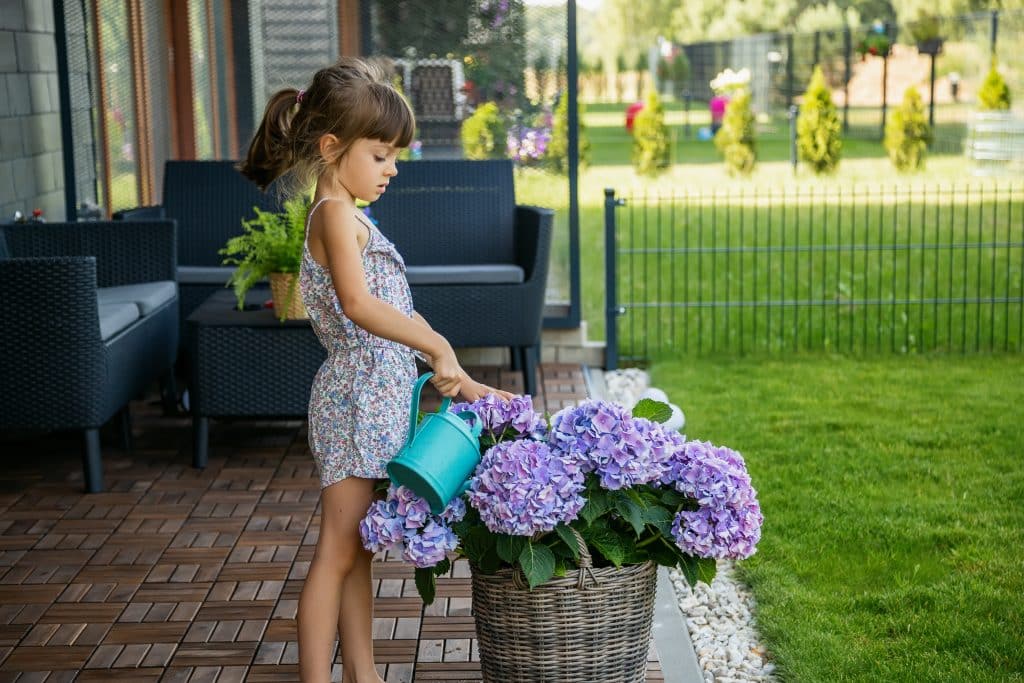
Excessive Nitrogen
If wilting persists despite adequate water and sun protection, it may be due to excess nitrogen from fertilizer runoff or overfertilization, leading to rapid but weak vegetative growth. This imbalance becomes especially noticeable when the frail stems fail to support the blooming flower heads, and can also impair the roots, compromising water absorption.
How to Fix Wilting Hydrangeas [7 Tips]
To fix and prevent hydrangeas wilting, the following seven tips might be a good help.
Proper Fertilization: Addressing this issue involves diluting the excess nitrogen by keeping the plant well-watered and allowing time for the fertilizer to wash out. Conducting a soil test before fertilizing ensures that the shrub isn’t overfed. If nutrients are indeed deficient, opt for a balanced slow-release fertilizer. Lastly, moderating the use of fertilizer on nearby lawns helps prevent runoff.
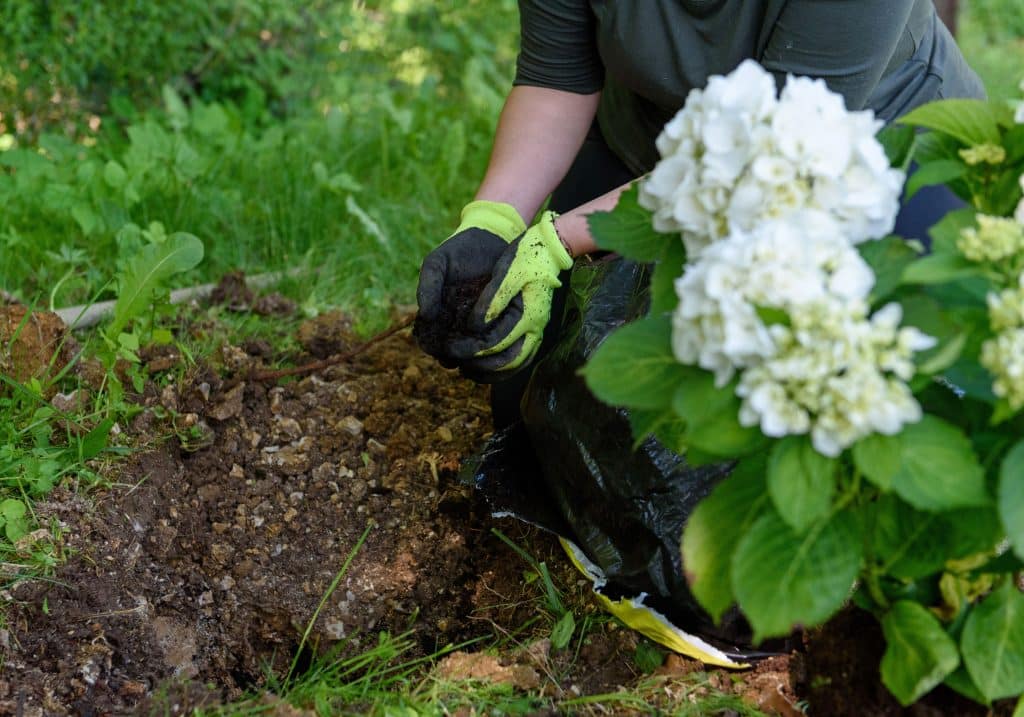
Moisture: Planting hydrangeas in moist, rich soil is essential, as they tend to wilt quickly in fast-draining soils, such as sandy types, compared to soils abundant in organic matter with better water retention. Superficial watering from rain or a garden hose often fails to saturate the root zone, necessitating deep, ideally drip, watering, especially when the soil is dry. The soil’s moisture level can be checked using a screwdriver.
Sunlight: Ensure your hydrangea receives the right amount of sunlight based on its variety. Most hydrangeas require 6-8 hours of sunlight per day, but this can vary. Morning and afternoon sun followed by partial shade in the evening is generally ideal. Protect the plant from excessive sun exposure that can lead to wilting and sunburn. For optimal hydrangea growth, you may consider using an indoor LED grow light.
Fertilization: Avoid overfertilization, particularly with nitrogen-rich fertilizers, as it can result in weak, spindly growth that can't support flower heads. Perform a soil test to determine nutrient deficiencies, and use a balanced, slow-release fertilizer if needed.
Pruning: Prune dead or damaged branches and faded blooms to encourage new growth and prevent the plant from diverting energy to unproductive parts.
Mulching: Apply mulch around the base of the plant to conserve moisture, regulate soil temperature, and reduce weed competition.
Pest and Disease Management: Regularly inspect your hydrangea for signs of pests or diseases, which can stress the plant. Address any issues promptly with appropriate treatments.
Conclusion
In this article, we've explored the various factors that can lead to hydrangeas wilting and provided expert advice on how to address this issue effectively. By understanding your specific hydrangea variety, considering sunlight, soil quality, and adopting proper care practices, you can ensure your hydrangeas remain healthy and vibrant.
FAQs About Why Are My Hydrangeas Wilting
- What do overwatered hydrangeas look like?
Overwatered hydrangeas often exhibit symptoms like yellowing leaves, root rot, or the presence of mold near the base. If you suspect overwatering, allow the soil to dry out between waterings.
- How do you revive a wilted hydrangea?
To revive a wilted hydrangea, start by deep watering to replenish moisture. Improve soil drainage to prevent future issues, ensure the plant receives the right amount of sunlight, and trim away any dead growth to encourage recovery.
- Why are my hydrangeas wilting but the soil is moist?
Wilting can occur even when the soil is moist. Factors like heat stress, insufficient light, or nutrient imbalances can lead to wilting. Investigate these factors to determine the cause and take appropriate action.
- Why is my hydrangea drooping?
Hydrangeas may droop due to dehydration, excessive sun exposure, or nutrient deficiencies. Evaluate the plant's water, light, and nutrient needs to address the specific issue and help your hydrangea regain its vigor.

